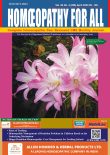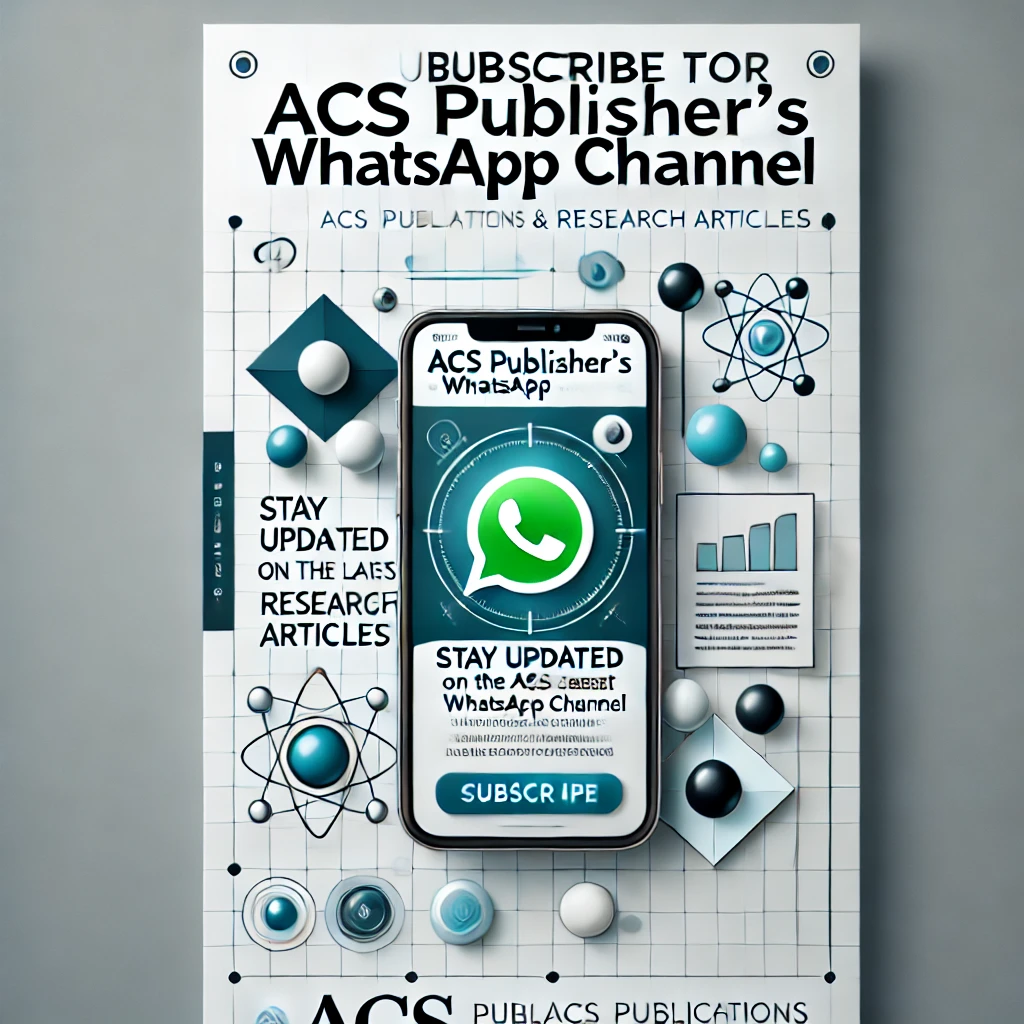Tonsillitis and its Homoeopathic Approach
Keywords:
remedy,, potencyAbstract
The most prevalent illness in children between the ages of two to fifteen is tonsillitis. Recurrent tonsillitis can result from multiple acute attacks of the disease each year or from an acute attack that occurs just once a year. In children, this may result in more serious issues. When treating both acute and recurrent episodes of tonsillitis, homoeopathic treatment works better. Three essential requirements for a
The most prevalent illness in children between the ages of two to fifteen is tonsillitis. Recurrent tonsillitis can result from multiple acute attacks of the disease each year or from an acute attack that occurs just once a year. In children, this may result in more serious issues. When treating both acute and recurrent episodes of tonsillitis, homoeopathic treatment works better. Three essential requirements for a homoeopath are remedy, potency, and dose to treat the acute state of tonsillitis and manage repeated bouts.
are remedy, potency, and dose to treat the acute state of tonsillitis and manage repeated bouts.
Downloads
References
E DSRR. A brief study of
efficacy of homoeopathic
medicines in controlling
tonsillitis in paediatric age
group. IOSR J Pharm Biol Sci
[Internet]. 2017;12(01):01–5.
Available from: http://dx.doi.
org/10.9790/3008-1201020105
2. Ghai OP. Essentials Pediatrics,
6th Edition, 16 A, Narainall.
New Delhi; 2008.
3. Quay GH. A monograph of
diseases of the nose and throat.
Wentworth Press; 2019.
4. Head N. Head and Neck Surgery.
P.1219,21,24,32
5. Behrman ER, Kligman RM,
Jenson HB. Nelson textbook of
Paediatrics. P.1396
6. Dhingra PL. New Delhi: Elsever
India private ltd. 2004;311–5.
7. Noble Chamberlain E, Ogilvie
C. Chamberlain’s symptoms
and signs in clinical medicine:
An introduction to medical
diagnosis. 11th ed. Ogilvie
C, editor. Oxford, England:
Butterworth-Heinemann; 1987.
8. Ballenger JJ. Diseases of the
nose, throat, ear, head, and
nessck. Philadelphia, PA;
1991.P.97-98
9. Hathiram DD, Grewal DS. Ear,
nose, throat simplified. 1999;
P.234–237.
10. Hawthoren M. Synopsis
of otolaryngology. :P.346-
347,355–358.
11. Kliegman RM, Behrman RE,
Jenson HB, Stanton B. Nelson
textbook of pediatrics E-book.
2007.




